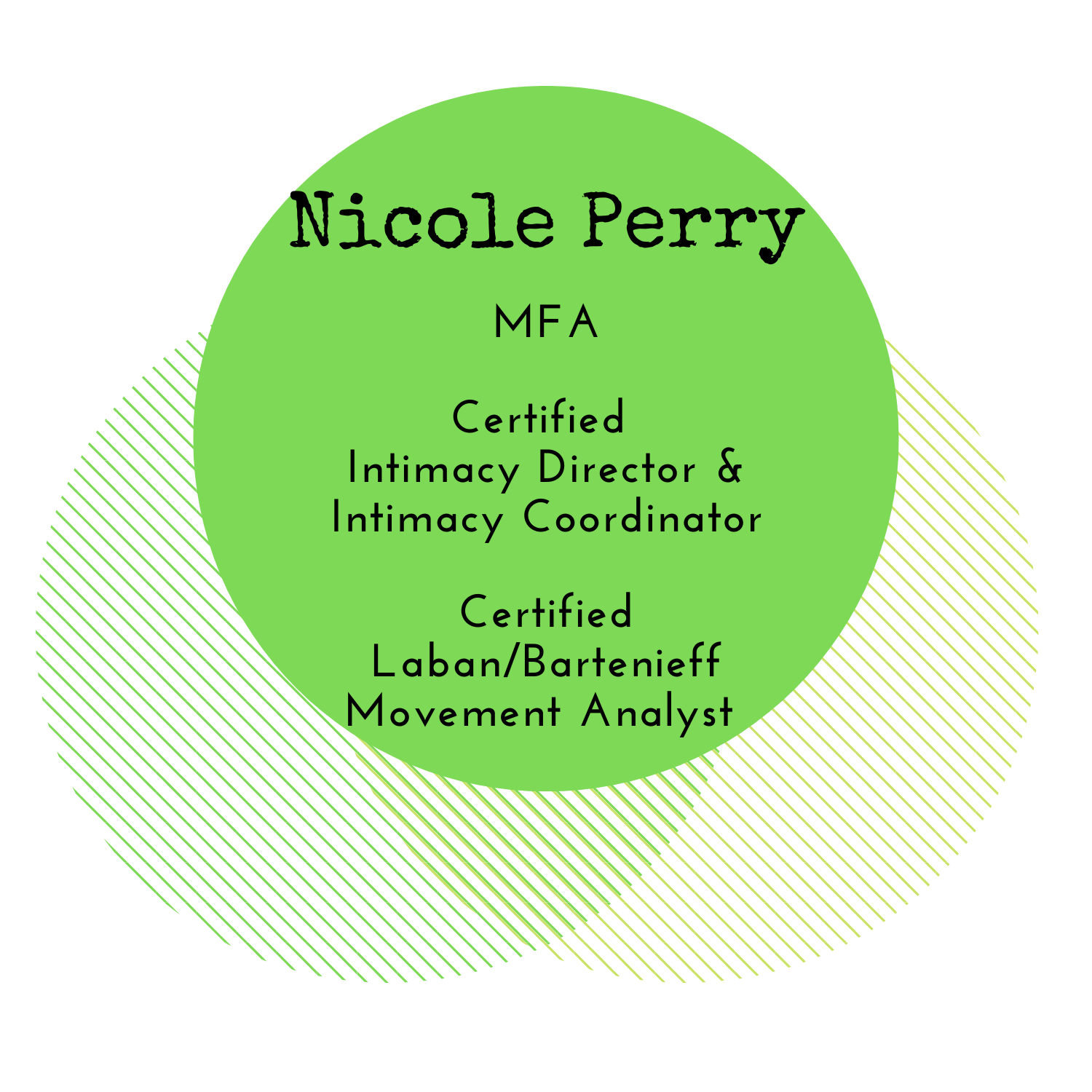I am thrilled to be writing a 3-part series for DanceGeist Magazine about Power Dynamics in Dance.
The first part was released earlier this week in the February issue. Read it here. Catch part 2 about disrupting and divesting from harmful patters in March. Part 3 in April will look at consent-based practices.
The ezine is free, but does require a subscription. Get yours here.


